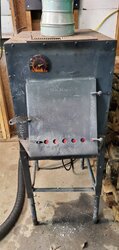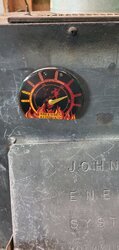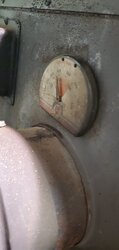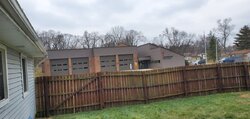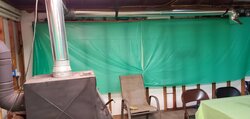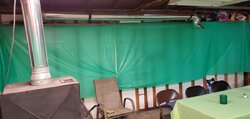I have 2 garages with stoves that are of different styles. The smaller garage has a century S244. Great stove to watch but small for an uninsulated garage.
The larger garage has an old Johnson Energy Stove/furnace which I love but is a hungry son of a gun. This was installed in the garage when we bought the house. I need to add 3Ft to the flue it terminates to close to the ridge line.
My question is about stove temps on this unit. I have added two pictures. They have a magnetic temp gauge on the back above the flue exit. Fully stocked and fired temp with blower on hovers around the 300* mark but the temp gauge on the face is reading closer to 900*.
Thanks in advance for the help.
Is the temp difference normal? Am I over stocking the fire causing the front plate to get hotter?
The larger garage has an old Johnson Energy Stove/furnace which I love but is a hungry son of a gun. This was installed in the garage when we bought the house. I need to add 3Ft to the flue it terminates to close to the ridge line.
My question is about stove temps on this unit. I have added two pictures. They have a magnetic temp gauge on the back above the flue exit. Fully stocked and fired temp with blower on hovers around the 300* mark but the temp gauge on the face is reading closer to 900*.
Thanks in advance for the help.
Is the temp difference normal? Am I over stocking the fire causing the front plate to get hotter?
Attachments
Last edited:


